By Emme Hornung
Picture it: Your local aviation scene flourishing. Most of the training aircraft at the flight school and the rentable aircraft at flying clubs are suddenly open to a whole new class of pilots. Some of these pilots already exist within your local community but have been limited to aircraft often not available, and some are pilots-to-be who have been waiting for training to be more accessible. The more experienced of these pilots are now looking at instructor certification as a worthy investment of their time and a feasible way to pass on their passion and knowledge. It’s a red-hot revival of flying for fun.
I’m talking about sport pilots, of course. The FAA first introduced the sport pilot certificate in 2004, but opportunities for sport pilots to thrive were somewhat limited. But on October 22, 2025, after years of tireless work by EAA’s advocacy team collaborating with other advocacy groups and the FAA to pass MOSAIC, aka Sport Pilot 2.0, sport pilots and pilots exercising sport pilot privileges will be able to fly about 70 percent of the existing general aviation fleet.

The First Revival
In March 1954, EAA Founder Paul Poberezny published a piece in Mechanix Illustrated where he wrote, “Too many private flyers have found, through the years, that in order to participate in their beloved sport, they must possess above-average financial means…if…private aviation is to get out of the doldrums it is imperative that the average workingman be brought into the picture. This can be done only by making flying less costly.”
The following year, in May 1955, Paul would publish the first article in a three-part series on how the “average workingman” could build a Corben Baby Ace (including engine!) for less than $800. Mechanix Illustrated Editor Bill Parker in his “Editor’s Workbench” wrote of Paul’s series, “There’s a red-hot revival taking place in the used-to-be-costly hobby of private flying,” and he wasn’t wrong. Anyone familiar with EAA history knows that it was Paul’s three-part series that would propel homebuilding and EAA to unprecedented levels.

Let me add some context to this. Hundreds of thousands of pilots were trained and earned their wings before, during, and after World War II. Some of these veteran pilots continued serving in the military, some went on to fly for commercial airlines, and some continued to fly just for the fun of it as part of the general aviation community — attending fly-ins, hopping around to grab $100 hamburgers (adjusted for inflation of course), and discovering new weekend getaways by air.
The problem? General aviation aircraft were nearly the cost of an average home (a truth that is all too familiar today). But Paul’s articles about the Baby Ace showed how these pilots could continue to fly — and how new pilots could take off — for far less, and the homebuilt aircraft movement caught a red-hot spark that would ignite general aviation for decades.
Reignite the Spark
What Paul had written in March 1954, EAA CEO and Chairman Jack Pelton could very well all but duplicate in his Open Cockpit column in Sport Aviation, and we’d all nod our heads in agreement. EAA has been tackling this evolving cost problem for more than 70 years (it is part of our mission, after all) through the means of scholarships, builder education, chapters and flying clubs, and many more programs.
With flying clubs and homebuilding both being money-saving options to have access to safe, flyable aircraft, there’s also the issue of affordable and available flight training options. We don’t have hordes of veteran pilots who had government-funded training coming to reignite flying for fun. And spending north of $15,000 on a private pilot certificate is out of the question for most of us who look to the sky and dream of flight.


Now, with Sport Pilot 2.0, attainable opportunities for new and existing sport pilots have been blown wide open. But it’s up to the general aviation community to make the most of it.
Consider these: Does your local EAA chapter have a plan to reach people interested in learning to fly or return to flying but are unaware of the new opportunities? Does the local flight school have a plan to teach sport pilots and sport pilot flight instructors with aircraft already in their hangar? Is there a flying club at the airport to offer affordable access to the newly sport-pilot-eligible aircraft?


EAA already has a variety of resources available online and is actively creating more to help your local aviation community take full advantage of what Sport Pilot 2.0 can offer. If you’re curious, start at EAA.org/MOSAIC and watch for updates.
Just as Paul’s Baby Ace series in Mechanix Illustrated once lit a spark onto homebuilding and general aviation, I think Sport Pilot 2.0 could bring us to the next red-hot revival of aviation as a hobby and sport.
Maybe I’m dreaming, but EAA members are dreamers — and doers. So why stop at dreaming when we can do? Let’s welcome a new era in recreational aviation.

